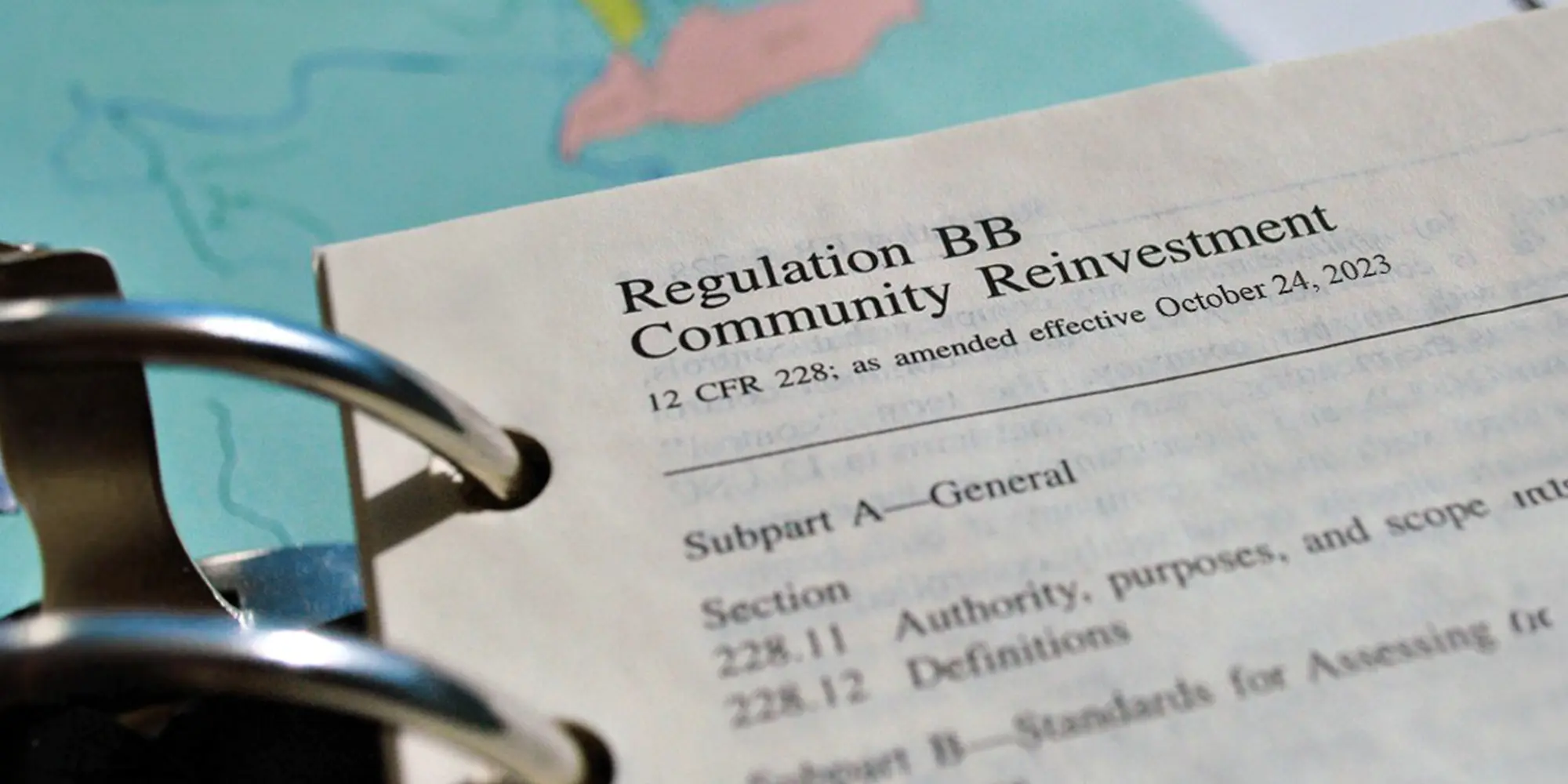This year, many financial institutions are looking for ways to show their shareholders, customers and employees how they are following through on professed commitments to social and racial justice. For marketing communications teams, this often means a mandate to demonstrate corporate values through communications campaigns. Too often, this has historically translated to check-the-box social media shares or press releases about corporate check presentations to non-profit causes.
But there are better ways to illustrate an authentic commitment to social justice. Financial brands walking the talk do more than open their purse strings and examine workforce diversity, they also provide better financial access to the communities they serve and donate their professional skills to local community organizations.
On the access side, consider the local bank that designs $495 loans precisely to cover the cost of the Deferred Action for Childhood Action (DACA) application fee to support a local immigrant community—or sends an immigrant family one debit card to a local address and another to their loved one abroad, so it is easier to send money seamlessly back home.
Many banks donate their workforces’ professional skills as part of their CRA obligations. One common arrangement is for large retail banks to invest in or mentor local Community Development Financial Institutions (CDFIs) across the country. For example, Bank of America’s employee volunteerism program, Better Money Habits Volunteer Champions, delivers financial literacy content to individuals and families directly and through nonprofit partners.
As communications professionals know, personal, real-life stories can be far more compelling in painting a picture of how banks are making a positive impact than a standard press release. However, even well-intentioned brands without the adequate cultural fluency often misstep—a high-stakes game which can risk being viewed as out of touch.
How can banks and marketing communications pros tell a better story of the good their organization is working toward?
1) Create content in partnership with community organizations. Give community leaders a seat at the table in your communications strategy and content planning process. For example, if you are planning a media relations campaign, determine how comfortable your community partner is with speaking to the media, and how much detail they are willing to share. If you are working with a community organization that services non-citizens, they may want to avoid revealing people’s faces or identities. The relationship should feel less transactional and more mutually beneficial. In many cases, community organizations are lean teams that appreciate corporate partners putting resources toward telling their story.
2) Make the community the hero. Your brand should be in the background of the story. Ensure that co-created content – from branded videos to impact reports – feature the people you serve first, and your brand’s involvement second.
3) Tell stories from a place of dignity. Focus on stories that empower your community. Too often, banks come into a traditionally underserved community and the first thing they notice is what is missing. A common communications misstep is pointing out the flaws in a community and how the brand stepped in to “fix” them. This is where working closely with your community partners is pivotal. They will be able to advise on nuances and help ensure that stories involving a first-time home buyer or immigrant who was able to launch a small business uplift the individual and their community. To avoid putting anyone in a position where they may feel uncomfortable, forced, or diminished, one best practice is to support the individuals featured in your storytelling as you would a top executive. As communications pros you have the ability to help someone hone their story before putting them on camera, in an interview with a reporter, or quoting them in a content piece.
Through collaborative storytelling with community partners, you can build a stronger brand and showcase your company’s values—all the while empowering the communities you serve.




